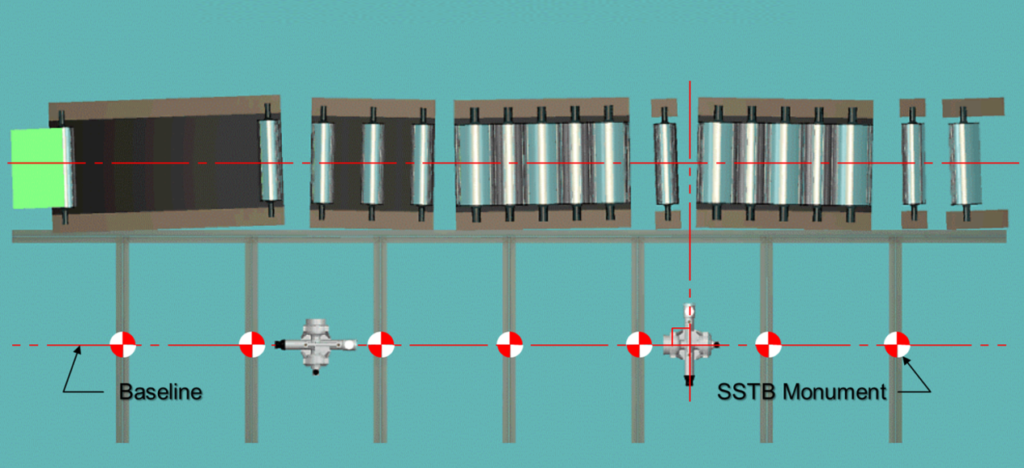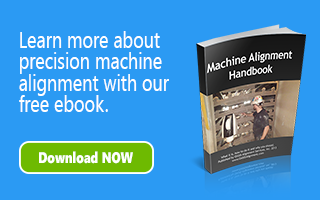In previous posts, we have discussed the importance of proper machine alignment and preventative maintenance plans and procedures. Additionally, we have provided posts on alignment methodologies and the benefits of adhering to these practices. In our next series of posts, we will address the four stages of the OASIS Alignment Cycle. Some of the information may sound familiar to you, but we hope that by providing information on each stage as part of the alignment process/cycle, you will achieve the greatest results from your alignment projects. In this post we provide an overview of the first stage in the cycle – the Alignment Inspection. In future posts, we will discuss the next three stages of the cycle: Technical Reports, Corrective Alignment and Preventative Maintenance.

The four stages of the OASIS Alignment Cycle: Alignment Inspection, Technical Report, Corrective Alignment and Preventative Maintenance
The Alignment Inspection
Over the past several years, members of the OASIS team have provided information on the importance of the initial alignment inspection. Though we have covered this topic on occasion, it is worth repeating as it is critical to the success of any machine alignment project and is the first stage of the OASIS Alignment Cycle.
The alignment inspection most often involves performing a centerline survey of the entire machine. Once the centerline is established, an offset baseline should be installed (or verified). An offset baseline serves as a permanent reference that best represents the centerline of the machine and will be used as the reference for all future alignment procedures. Baselines consist of permanent stainless steel monuments installed in the floor throughout the length of the machine and can be used with either optical filer targets or laser tracker tools for all readings of the reference target.

The Alignment Inspection often involves performing a centerline survey of the entire machine and once established, installing an offset baseline to be used as a permanent reference for future alignment procedures.
Once the centerline is established and a baseline is either installed or verified, it is best to:
- Survey a sampling of rolls and components
- Perform a selective inspection in critical and/or problem areas
- Gather square alignment data on major rolls
- Obtain a global picture
- Evaluate the survey data
Why Use the Machine Centerline?
There are tools available that can collect roll alignment data quickly, such as gyroscopic systems. However, this method involves aligning one roll to another instead of using the machine centerline as a reference. There is a much greater risk of creating a parallelogram in the line when this practice is used. When your machine is aligned in a parallelogram, you will begin to see significant tracking and tension problems which lead to very expensive issues such as excessive edge trimming, wrinkles, sheet breaks and more.

When a component is not aligned perfectly perpendicular to the centerline and all others are then aligned parallel to that one, a parallelogram can occur. Arrow shown indicates web direction when steered by misaligned rolls set in a parallelogram.
OASIS has tried and tested almost every precision measurement tool and alignment method available today. We have found that no matter the measurement instrument used, using the centerline of the machine as a common reference and basing every measurement on that reference, still remains the most effective.
What’s Next?
In an upcoming post, we will provide an overview of the next stage in the OASIS Alignment Cycle: The Technical Report.
In the meantime, be sure to take another look at several of our previous posts relating to the importance of the Alignment Inspection.
How to Align Machines – Getting Back to Basics
How Often Do You Need a Machine Alignment Inspection?
Is it Time for YOUR Machine Alignment Check Up?
For more information on how the OASIS Alignment Cycle can benefit your facility or for a site visit to discuss your specific needs, please contact the OASIS Service Center nearest you.

